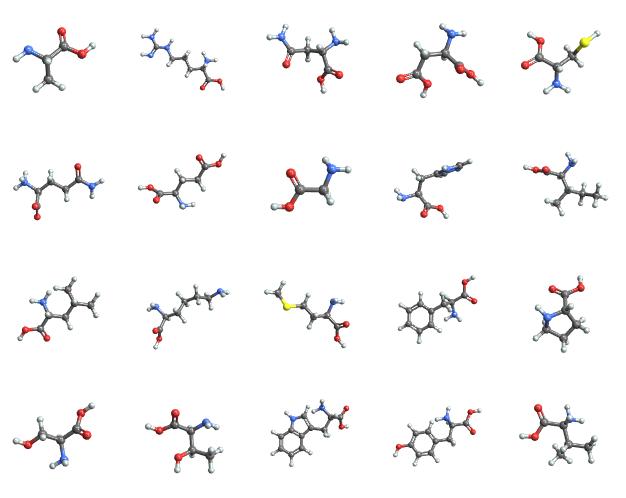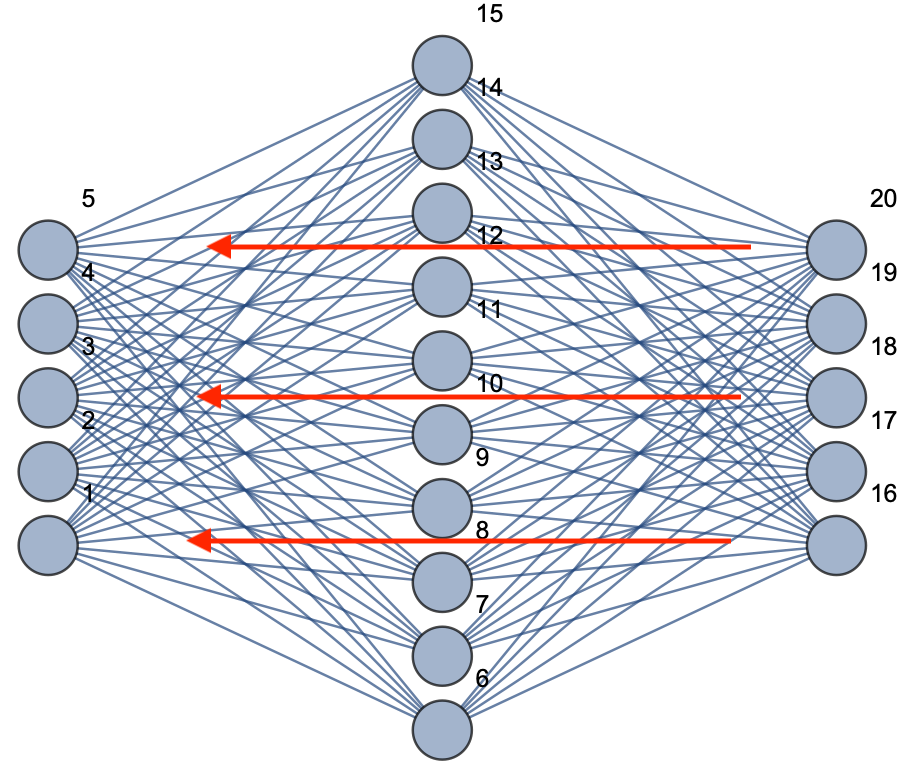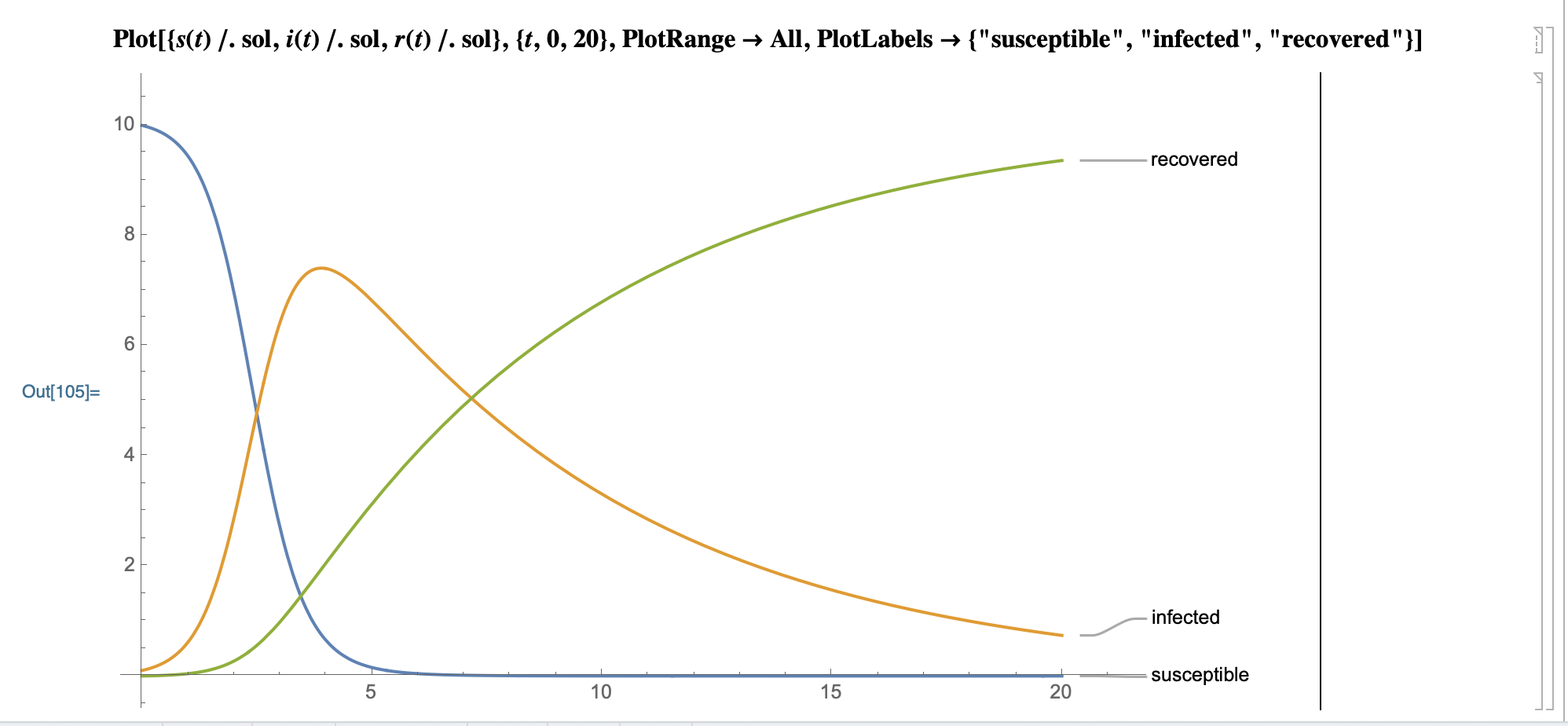DeepMind UCL Deep Learning Online Course 1 Summary
Intro to Machine Learning & AI course address Course content: Solving intelligence Alpha Go & Alpha Zero Learning to play capture the flag Folding protein with AlphaFold Overview of lecture series Regarding the understanding of intelligence, there is a formula mentioned in the course The source of the formula is from the paper A Definition of Machine Intelligence Alpha Go and Alpha Zero use reinforcement learning to train themselves. An untrained neural network plays with itself to determine processing and adjust for errors, and then adjusts its own parameters to win more rewards through constant self-play. ...


